Abruzzo (Italy) Earthquake
Status: Closed
Update 2 | Summary
Posting Date: April 21, 2009, 7:30:00 AM
On Monday April 6, a magnitude 6.3 earthquake struck the Abruzzo region of central Italy. With a focal depth of 10 km, this was a shallow event, which undoubtedly exacerbated the damage in the provincial capital of L'Aquila and surrounding villages.
One day later, on April 7, AIR estimated that insured losses would range between €200 million and €400 million—with low earthquake take-up rates serving to limit losses to the industry. AIR estimated total damage (ground up loss) to buildings and contents at between €2-3 billion. Note that this estimate is exclusive of infrastructure.
Two weeks later, AIR engineers are on site surveying the damage. AIR's Director of Engineering Analysis Dr. Paolo Bazzurro was selected to lead the team from the Earthquake Engineering Research Institute (EERI) out of Oakland, California. Joining him in Italy is AIR Senior Research Engineer Guillermo Franco. Dr. John Alarcon, a Research Associate and geotechnical engineer based in AIR's London office has joined the Earthquake Engineering Field Investigation Team (EEFIT), which is being led by Tiziana Rossetto from University College London.
The photos and commentary below from Drs. Bazzurro and Franco provide an initial glimpse into the kinds of damage patterns caused by this event and effective mitigation.
Abruzzo Earthquake: Initial Survey Findings
Facades of unreinforced masonry structures show cracks varying in severity, from loss of plaster to separation of the walls from the structure. In this last case, the structural integrity of the wall, the load-bearing system, is compromised. Some of the structures in downtown L'Aquila that show this type of failure in several of their facades might have to undergo demolition. In isolated cases, the collapse of masonry structures in the old center of L'Aquila was complete. Partial structural collapses of walls or cornices were more frequent.
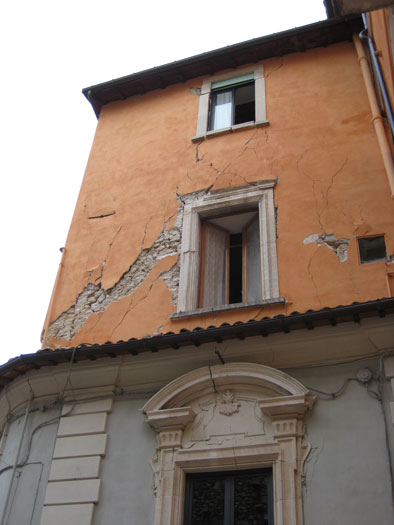
Figure 1. Severe cracks compromise the structural integrity of the wall. Source: AIR
Masonry structures that displayed cross-ties (catena in Italian) as in Figure 2, showed a much better resistance, provided that the lateral walls were properly constructed.
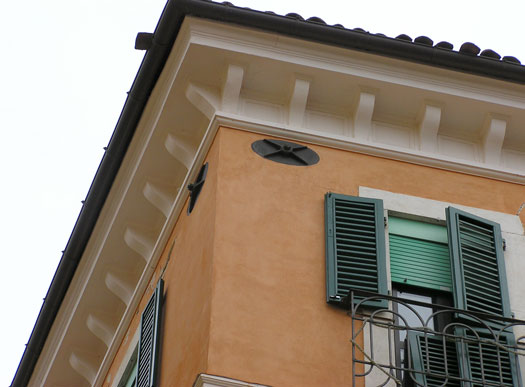
Figure 2. Effective mitigation devices include cross-ties (“catena” in Italian). Source: AIR
In older building code specifications, column-beam connections were allowed to be designed with smooth rebars that provide insufficient bonding with the concrete such as shown in Figure 3. Failed connections also displayed widely-spaced, small-diameter stirrups, which cannot prevent the buckling of longitudinal rebar in columns. This has been the cause of most of the collapses that the team has seen in the field, such as in Figure 4, where half the building has been sheared away exposing the central light well, or air shaft.
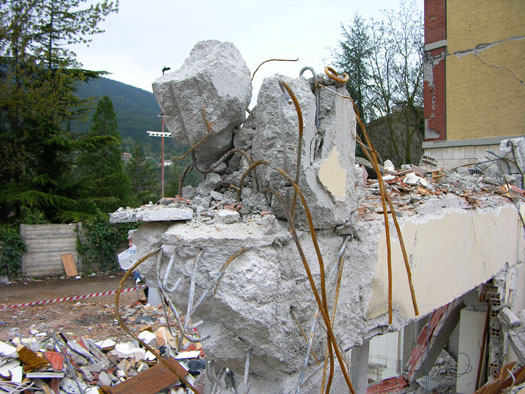
Figure 3. Smooth rebars allowed under older code provide insufficient bonding with the surrounding concrete. Source: AIR
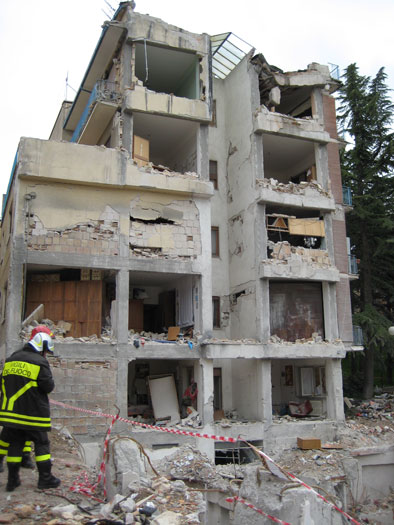
Figure 4. Half of this building collapsed as a result of widely-spaced, small-diameter stirrups. Source: AIR
Figure 5 shows a spectacular pancake of the third onto the second story due to the failure of all the beam-column connections (as described above). Note the balconies, which are now one on top of the other.
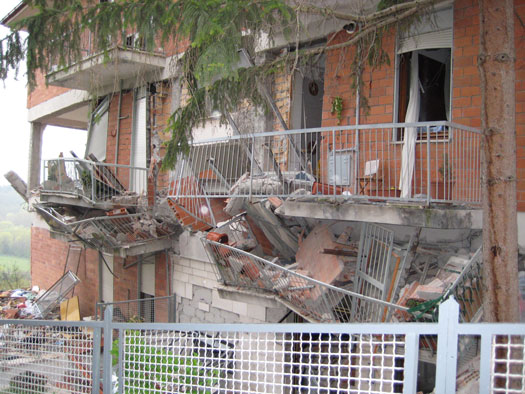
Figure 5. Pancake collapse due to beam-column connection failure. Source: AIR
The photo below shows a textbook example of "pounding" between two neighboring structures. The roof of the 2-story building hit the column of the adjacent 4-story structure causing the complete failure of all the columns at that level. Note that the third and the fourth story essentially show no damage.
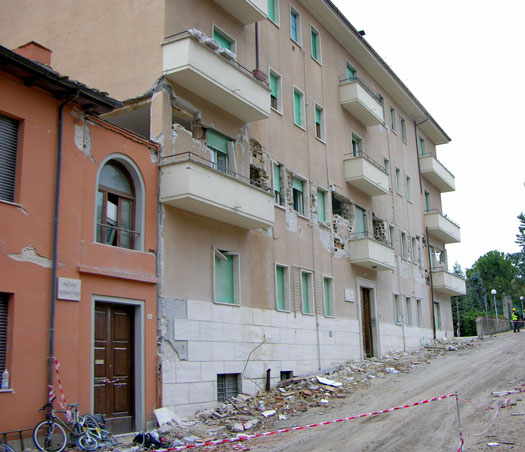
Figure 6. Classic example of damage due to pounding. Source: AIR